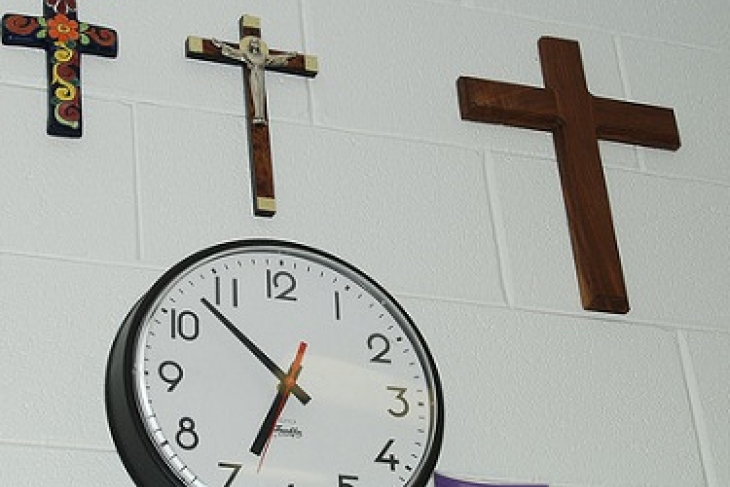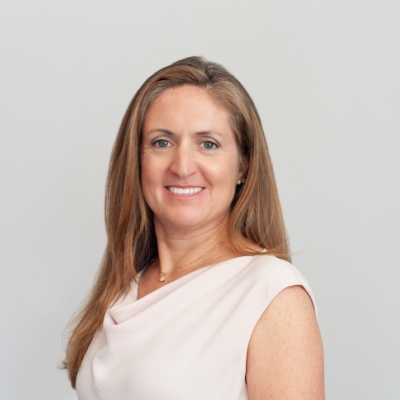Last week, in his State of the State address, New York Governor Andrew Cuomo put the weight of his office behind an education tax credit—a bill that would provide dollar-for-dollar tax relief to both individuals and businesses who donated money to either public schools or to scholarship funds that aid needy students in private and parochial schools.
This is an idea I have a personal stake in. As the superintendent of six Catholic schools in New York City, I know how financially challenging it is to keep these schools open and what a difference the donations from this tax credit would make in supporting the important work of our teachers and students.
Of course, for some people the idea of a public policy that provides any tax relief for supporters of religious schools is a third rail. They conjure up a vision of religion being forced on children or of the American ideal of “education for democracy” withering away.
But that not only represents a fundamental misunderstanding of the roots of American public education, it also ignores the reality of the debate. Rather than a choice between keeping religion in or out of our schools, it is really a debate about whether we should have a single state-sanctioned perspective on the values taught in schools or a plurality of approaches from which parents can choose.
Common Schools, Majority Values
An uncomfortable reality for critics of school choice is that one of the drivers of the “common school” movement was the belief that, in order to preserve our democracy, all children should be taught the same set of values and beliefs. At the time, while those values may have been “nonsectarian,” they were decidedly religious. Indeed, the “father” of the common schools movement, Horace Mann, freely supported teaching the Bible and Christian virtues in school. His push for “nonsectarian” schools was not a push to remove religion from schools, but rather was meant to teach Christian values and virtues independent of a particular Protestant “sect.” Mann argued,“[O]ur system earnestly inculcates all Christian morals; it founds its morals on the basis of religion; it welcomes the religion of the Bible; and, in receiving the Bible, it allows it to do what it is allowed to do in no other system.”
Of course, the Bible Mann supported was the King James version, an explicitly Protestant translation—a detail that is crucial for understanding how religion and values were integrated into our education system. Namely, as a way of reinforcing and upholding the majoritarian religious views of the age and of limiting the influence of other religions or immigrant groups (an explicit goal of men like Mann and his fellow members of the elite Whig party).
Limiting Choice to Force Values
As common schools grew, the push to limit the influence of Catholics and other immigrant groups was strong. And perhaps exactly because education can have such broad influence over children’s beliefs and values, schools became a key battleground in the effort to curtail the influence of minority voices in America. States began to pass compulsory education laws that required all students to attend schools, but worked to deny private and parochial schools of the public resources they would need to grow and thrive. In Oregon, legislators went even further and passed a law that forced all students to attend public schools, regardless of whether families could afford to pay private school tuition.
The Supreme Court ultimately struck down the Oregon law in the now-famous Pierce v. the Society of Sisters case where the majority (rightly) decided that the law “unreasonably interfere[d] with the liberty of parents and guardians to direct the upbringing and education of children under their control.”
Pierce was a landmark case that effectively staved off a nationwide attempt to shut down “sectarian”religious schools (chief among them Catholic schools). But the push to starve private and parochial schools continued. By the end of the nineteenth century, most states had adopted “Blaine Amendments” to their constitutions which explicitly prevented private schools from receiving the kind of public funding that would gives all parents real options—and schools real intellectual diversity. (A similar amendment was proposed by U.S. Speaker of the House, James Blaine, but while it passed in the House, it lost by just four votes in the Senate.)
Catholic Schools and Democratic Values
As society has become less Protestant and more secular, the values taught in public schools have followed suit. But the outcome remains the same: an environment that works against the choices of parents and in favor of a single system of schools that uphold and reinforce the beliefs of the majority—and one where only parents who have the necessary means are able to choose schools that teach different, sometimes religious, values and beliefs.
Catholic schools, then as now, stand for the principle that parents should be able to chose an educational environment for their child that stands apart from the majority religious views of the time while embracing their vital civic role in their community.
What’s more, if the purpose of public education is to prepare citizens to be active participants in our democracy, then ensuring a vibrant parochial school system should be a high priority. Indeed, Catholic school students graduate at higher rates, they have higher college going rates; after college they tend to have more stable marriages, vote at higher rates, and so on.
The reality is that, without public support, poor parents have no option but to accept the majority values and views for the education of their children. And that means that we are effectively doing the same thing that the Oregon legislature did: We are deliberately starving an alternative system of schools under the false flag of “community cohesion.” Standing up for Governor Cuomo’s education tax credit isn’t just standing up for a greater investment in education for all students, it’s standing up for a broader conception of community, one that allows parents to be their children’s first teachers.




